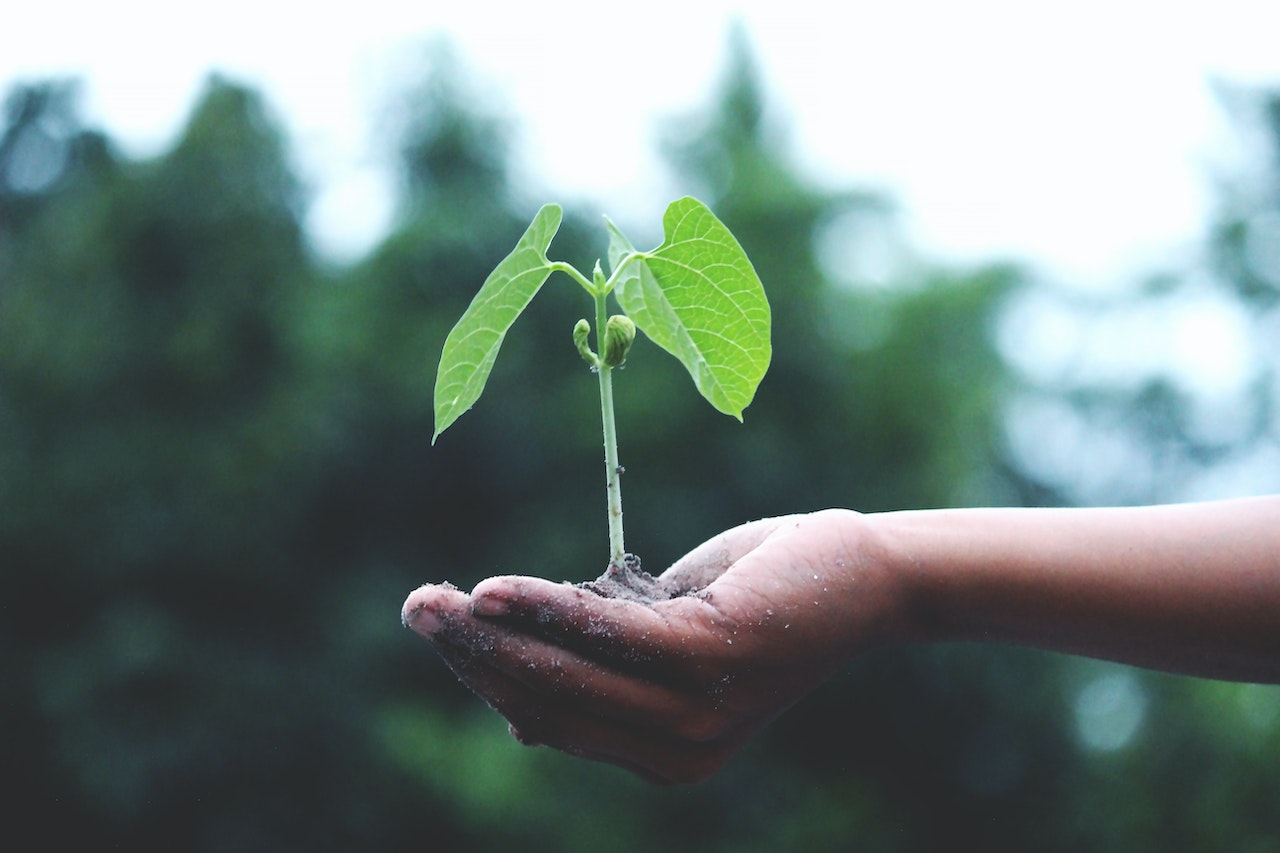This post was originally published on Sustainability Matters

UNSW scientists have developed a technique that promises to increase the number of times plastic waste can be recycled. Their method, which also removes dyes from the original plastic waste, has attracted the attention of the Arnott’s Group.
The process transforms many forms of waste plastic into their respective polymer nanoparticles dispersed in water. These nanoparticles can then either be extracted for re-use in preparing new consumer products or remain in the aqueous dispersion to be used in applications such as asphalting and waterproof coatings.
Team leads Professor Per Zetterlund and Dr Vipul Agarwal, from the School of Chemical Engineering, are working in collaboration with sustainable investment firm FP Paradigm to further develop and commercialise the technology, specifically as it pertains to PET (polyethylene terephthalate) recycling.
Approximately 10% of all plastics globally are made from PET, with about a third of this used in food and beverage packaging. The relevant aspects of the UNSW patent (PET in food and beverage applications) have been licensed to FP Paradigm.
Paco Industries, the R&D subcontractor for FP Paradigm, has entered into a deal with the Arnott’s Group to explore the use of the new technology as a more sustainable PET alternative across its range of products.

UNSW and partners, including Arnott’s Group, celebrate the agreement to develop a new low-energy technique to recycle plastic. Image credit: Minna Sophia Manu.
Zetterlund and Agarwal’s patent covers the specific process that converts waste plastic into an aqueous dispersion of plastic polymer nanoparticles, allowing the very small solid polymer particles to be uniformly distributed in a water-based solution. The obtained dispersed nanoparticles are not to be confused with microplastics.
The UNSW researchers said their new method — which can be used on a wide range of common materials such as bags, polyethylene bottles, polypropylene, polystyrene and of course PET — has the potential to significantly reduce the degradation of the plastic (polymers) during recycling.
“One of the main issues with the current way of recycling plastics is that it typically requires very high temperatures and therefore considerable amounts of energy and, in many cases, high shear forces during melt extrusion,” Zetterlund said.
“This can lead to the breakdown of individual polymer chains in the plastic, which is one of the reasons why you cannot recycle an infinite number of times, because each time the process is done the polymer degrades.
“Our method has the potential of causing no mechanical or chemical degradation of the polymer, so we believe it may be possible to recycle the plastic a higher number of times than using existing recycling processes.”
“The other advantages of this new technology are tolerance to mixed plastic waste allowing segregation of different waste plastics during the recycling process and recycling of chemicals used in the process,” Agarwal added.
Top image caption: A new method developed by researchers at UNSW Sydney can produce recycled colourless PET (left) from coloured waste sources (middle and right) at low energy. Image credit: Minna Sophia Manu.





0 Comments